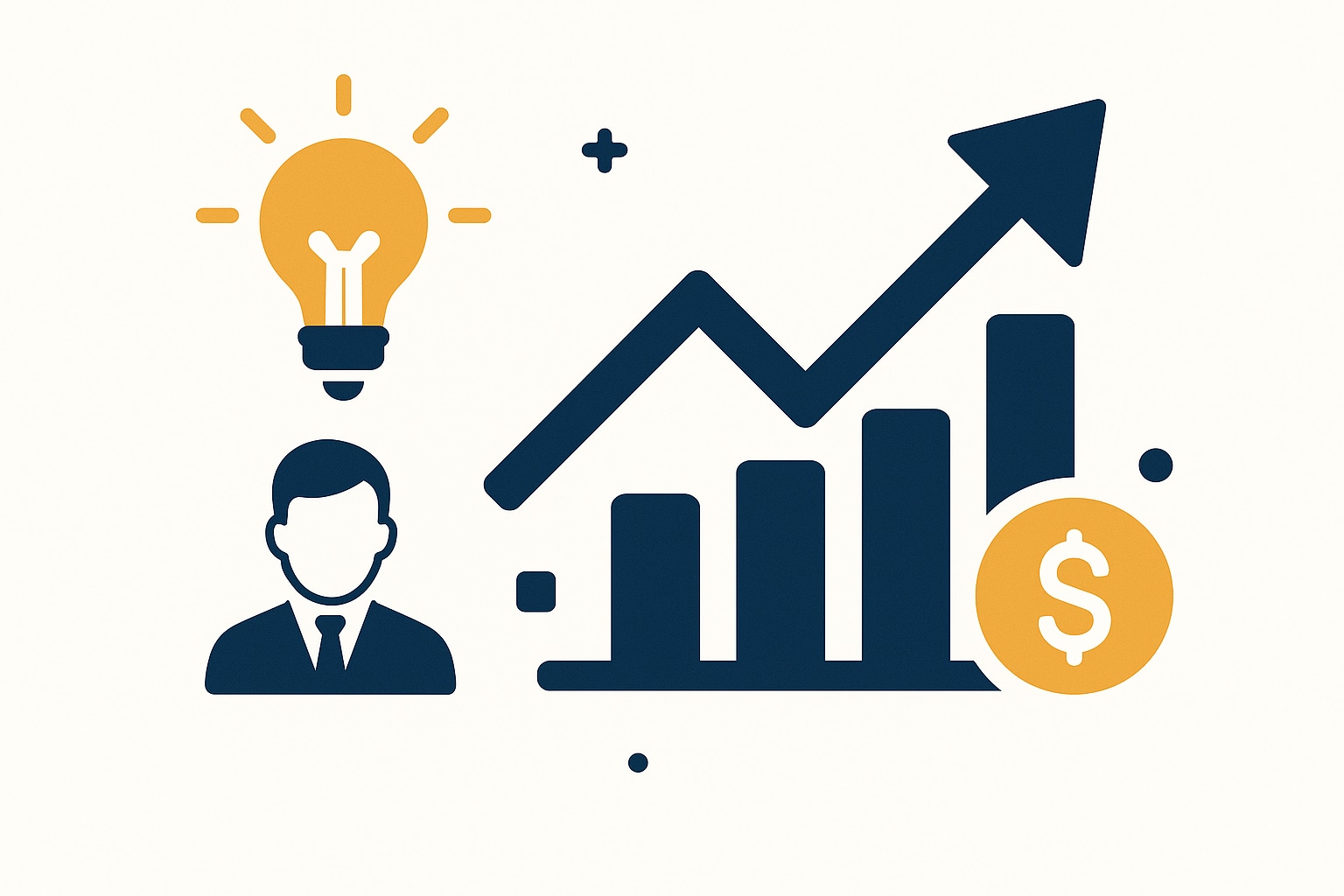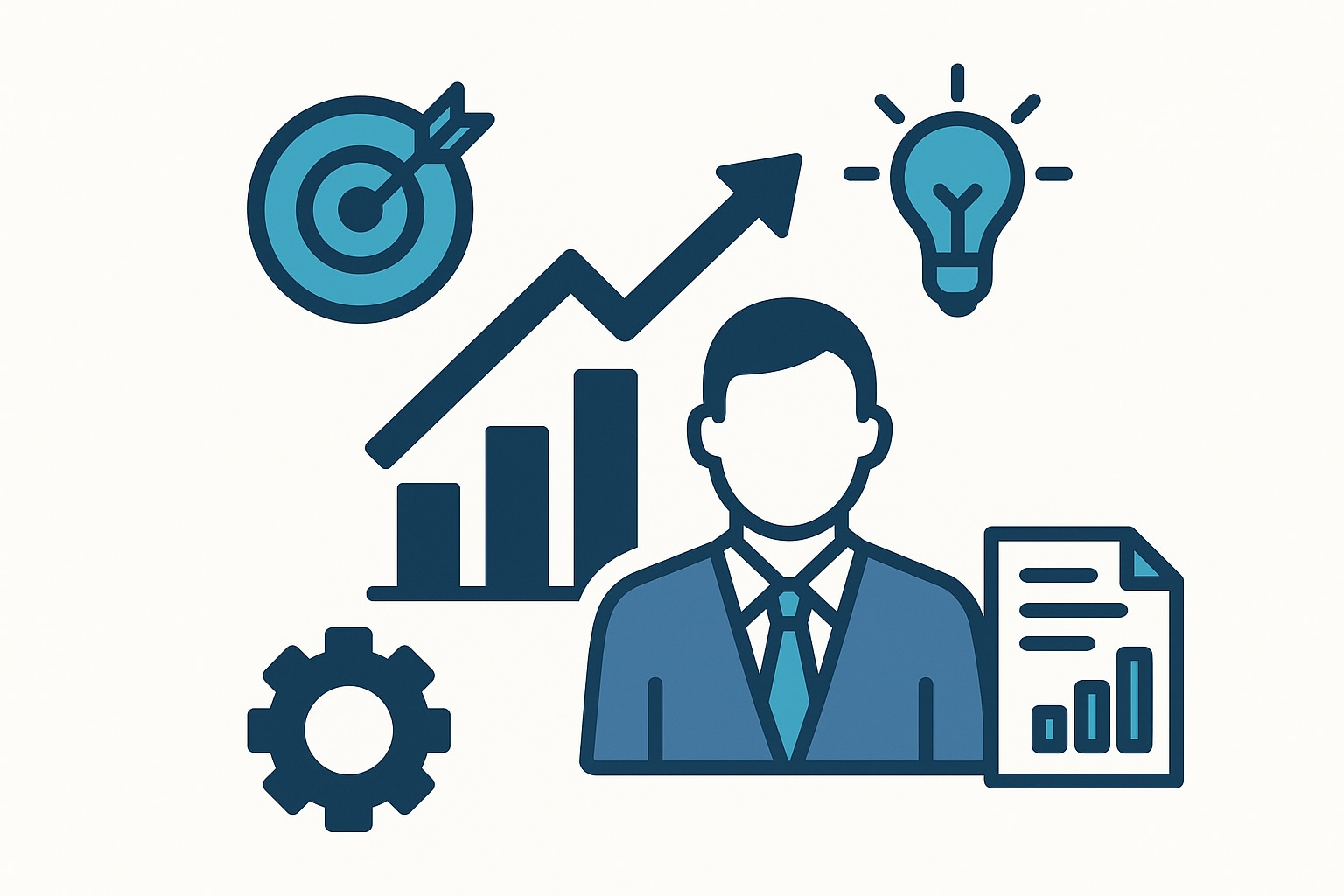How to Calculate Customer Acquisition Cost (CAC) for Startups: Formula & Examples 2025

Customer acquisition is the lifeblood of startup growth, and efficiently managing the cost of winning new customers can determine the trajectory of your business. Startup founders face enormous pressure to drive growth while keeping expenses in check, making Customer Acquisition Cost (CAC) a pivotal metric. Understanding how to calculate, benchmark, and optimize CAC not only helps you set realistic goals but also aligns your marketing investments with tangible business outcomes. In this comprehensive guide, we'll break down the CAC formula, examine industry benchmarks, and share actionable strategies so you can make informed decisions and maximize your marketing ROI in 2025.
Understanding Customer Acquisition Cost (CAC)
Customer Acquisition Cost (CAC) represents the total expense a startup incurs to acquire a new customer. This critical metric encompasses all costs associated with marketing and sales efforts, including advertising spend, personnel salaries, software tools, and overhead. For startups, CAC is more than just a financial figure—it’s a direct reflection of operational efficiency and the effectiveness of go-to-market strategies.
CAC is particularly important in the early stages of a business, as resources are often limited and every dollar must contribute to growth. By quantifying how much it costs to bring in a new customer, founders can assess whether their growth strategies are sustainable and scalable. Monitoring CAC helps identify which marketing channels and campaigns are delivering the highest return, allowing startups to focus investments on the most efficient tactics.
Tracking CAC over time also reveals trends that can inform strategic pivots. For instance, rapid increases in CAC may indicate market saturation or declining channel effectiveness, prompting a re-evaluation of your approach. As a result, startups that consistently measure and analyze CAC are better positioned to adapt, compete, and thrive in dynamic markets.
The Importance of CAC for Startups
For startup founders, understanding CAC is not optional—it’s essential for survival and sustainable growth. Since budgets are often tight and competition is fierce, knowing your CAC enables you to allocate resources wisely and justify marketing investments to stakeholders. An optimized CAC ensures that you’re not overspending to acquire each customer, which is vital for achieving profitability and scaling your business.
High CACs can quickly erode margins, making it difficult to achieve a healthy customer lifetime value (LTV) to CAC ratio. Most investors and growth advisors recommend maintaining an LTV:CAC ratio of at least 3:1, ensuring that each customer generates sufficient revenue to justify the acquisition expense. If CAC rises unchecked, your startup may struggle to break even or attract additional funding.
Moreover, CAC offers a window into the efficiency of your marketing and sales processes. By continuously monitoring and optimizing CAC, you gain insights into which channels, campaigns, or customer segments are most cost-effective. This data-driven approach enables informed decision-making, helping you double down on high-performing tactics and eliminate wasteful spending.
How to Calculate CAC: Formula and Components
Calculating Customer Acquisition Cost is straightforward in theory, but requires careful consideration of all cost components. The basic CAC formula is:
CAC = Total Marketing and Sales Expenses / Number of New Customers Acquired
Let’s break down the main components included in the calculation:
- Marketing Expenses: This includes digital advertising (Google Ads, social media), content creation, event sponsorships, and any external agency fees.
- Sales Expenses: Cover salaries and commissions of your sales team, as well as expenses related to lead generation, CRM software, and sales enablement tools.
- Overhead and Tools: Software subscriptions, design tools, marketing automation platforms, and other technology costs that support your acquisition efforts.
Here’s a practical example: Suppose in one quarter, your startup spends $30,000 on marketing, $20,000 on sales salaries (including commissions), and $5,000 on software tools. If you acquire 250 new customers during that period, your CAC is calculated as follows:
CAC = ($30,000 + $20,000 + $5,000) / 250 = $220 per customer
It’s important to include all direct and indirect costs to avoid underestimating CAC. Excluding significant expenses like creative production or technology subscriptions can lead to inaccurate calculations and skewed benchmarks. For startups scaling rapidly, reviewing CAC monthly or quarterly helps capture fluctuations and maintain accuracy.
Industry Benchmarks: Average CAC by Sector
Benchmarking your CAC against industry averages provides valuable context for evaluating performance and identifying optimization opportunities. While CAC will vary based on your target market, business model, and growth stage, understanding typical ranges helps you set realistic goals and spot red flags early.
- SaaS (Software as a Service): “The average CAC for SaaS companies ranges between $200 and $1,000.” This broad range reflects differences in deal sizes, sales cycles, and channels leveraged.
- E-commerce: “E-commerce startups have an average CAC ranging from $100 to $300 per customer.” This sector often relies heavily on paid advertising and promotional offers, making efficiency crucial for profitability.
- Healthcare: “Healthcare startups spend between $500 and $1,500 per customer on average.” The higher CAC reflects regulatory hurdles, longer sales cycles, and the need for trust-building content.
- Financial Services: “Financial services startups have an average CAC of $500 to $2,000 per customer.” Fintech and related startups face intense competition and regulatory complexity, driving CAC higher than many other sectors.
It’s important to note that “Customer acquisition costs have more than tripled since 2013, showing a 222% increase over the past eight years.” Startups must anticipate ongoing cost increases and proactively adjust their strategies to remain competitive. Regularly benchmarking against current data ensures you stay ahead of industry trends and maintain healthy unit economics.
For more customized benchmarks and actionable insights tailored to your market, consult with experienced growth strategists, such as the team at https://www.curiorevelio.com.
Strategies to Optimize and Reduce CAC
With CAC on the rise across sectors, startup founders must employ strategic initiatives to optimize and reduce acquisition costs. Here are proven tactics to help you boost efficiency and maximize marketing returns:
- Refine Targeting: Use data-driven segmentation to focus efforts on high-converting audiences, minimizing wasted spend on low-value prospects.
- Leverage Organic Channels: Invest in content marketing, SEO, and community-building to drive inbound leads at a lower cost than paid acquisition.
- Improve Conversion Rates: Optimize landing pages, streamline onboarding, and personalize communications to increase the percentage of visitors who become customers.
- Test and Iterate: Continuously experiment with ad creatives, messaging, and channel mix to identify the most cost-effective acquisition strategies.
- Automate and Integrate: Deploy marketing automation tools and CRM platforms to streamline lead nurturing and reduce manual overhead.
- Align Sales and Marketing: Foster close collaboration between teams to ensure messaging consistency, efficient handoffs, and shared accountability for results.
Additionally, explore performance-based partnerships and referral programs to incentivize word-of-mouth growth. Monitor CAC regularly, benchmarking against industry standards and your own historical data to quickly identify cost spikes or new opportunities for optimization.
By implementing these strategies and maintaining rigorous measurement, startups can sustainably lower CAC, accelerate growth, and build a foundation for long-term success. For tailored support and hands-on execution, consider partnering with growth marketing experts like Curio Revelio, who specialize in driving strategy, execution, and ownership of results for ambitious startups.
Read More
TCS's Growth and Transformation: A Comprehensive Analysis
Explore TCS's strategic growth and transformation initiatives, including revenue milestones, AI integration, and workforce evolution, shaping the future of IT services.

Understanding Growth Marketing: Strategies for Startup Success
Explore the fundamentals of growth marketing and discover strategies to drive startup success through data-driven decision-making and innovative tactics.

Understanding the Role of a Growth Marketer: Key Responsibilities and Impact
Explore the key responsibilities and impact of growth marketers, focusing on data-driven strategies for customer acquisition and retention.
Schedule a Call Today
Discuss your Growth challenges

